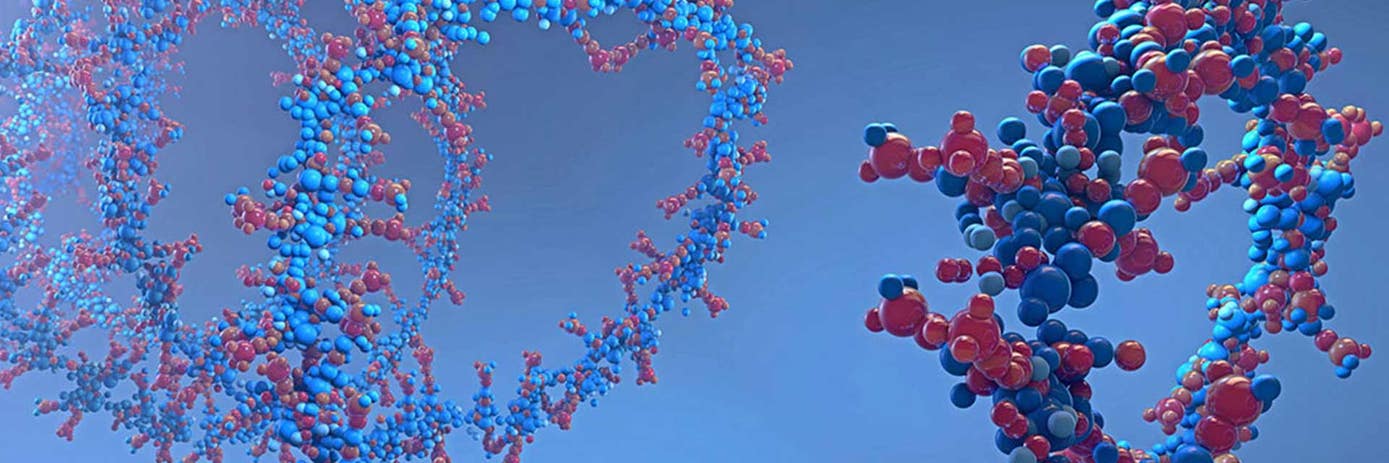The complex relationship between a virus and its host is one of the hottest topics in science right now, and has been given considerable attention in recent weeks as a result of the race to understand the virus that causes COVID-19 and its potential vulnerabilities.
It is longstanding knowledge that viruses cannot replicate without a host. However, the method by which a virus enters its host and replicates can vary immensely from one pathogen to another. In order to halt replication, scientists must have a critical understanding of each individual pathogen’s favored modality. This is easier said than done, given that viruses accomplish their mission at the molecular level. They are capable of hijacking single host proteins and receptors, then harnessing cellular machinery to manufacture progeny.
Imaging Modalities Help Visualize and Confirm Findings
An emerging method of studying viruses is by using high-content imaging solutions to visualize the activity of small interfering RNA (siRNA), also known as short interfering RNA or “silencing” RNA. RNA is the blueprint from which proteins are translated; these proteins then go on to direct activities of the cell. The role of siRNA, as the term “silencing” would suggest, is to tamp down the expression of certain proteins and ensure their roles are not fulfilled. If one of these proteins or receptors is needed by a virus, its absence can result in the virus’ inability to enter the host and replicate. The intentional silencing of certain gene products, known as siRNA-mediated knockdown, can help scientists elucidate the in-vivo factors required by a virus; today’s ultra high-quality imaging modalities can assist in visualizing and confirming findings.
Knockdown of Host Factors May Decrease Infection Rate
A prime example of this technique is demonstrated in the recent study of cellular factors involved in the replication of alphaviruses (family Togaviridae), a category that includes Chikungunya, eastern equine encephalitis virus (EEEV) and the Venezuelan equine encephalitis virus (VEEV), among others. These viruses cause debilitating outcomes in thousands of patients each year, which range from severe arthritis to cases of fatal encephalitis. As part of the study, researchers initially chose siRNA pools targeting more than 140 human trafficking genes in the VEEV. Using siRNA-mediated knockdown of 51 host factors, they determined a number of specific factors implicated in invasion, replication, and budding of VEEV, as well as alphaviruses as a group. The potential clinical takeaway of their findings was highly significant; knockdown of the 51 host factors decreased the study’s VEEV infection rate by more than 30 percent. Search Continues for Most-Targetable Vulnerabilities
However, there remained some questions regarding the specific role of certain host factors throughout different points in the viral entry process and replication cycle. Alphavirus replication is thought to initiate at the cell’s plasma membrane, but it is the endocytic internalization, or cross-membrane transit, of viral particles that is particularly pathogenic. For this reason, it was thought that those host cell factors involved in actin rearrangements (PIP5K1-alpha, Rac1, Arp2/3) were possibly the most targetable vulnerabilities in the replication of an alphavirus. Early study findings, however, also demonstrated that factors Rac1 and Arp3 seemed to be more important in later stages of infection, particularly just before “budding” of newly-synthesized viral particles. There was also identification of a certain alphavirus envelope glycoprotein, E2, which seemed to interact with actin clusters at the plasma membrane. These identified vulnerabilities, as well as those involved in initial actin-mediated endocytosis, were visualized using stimulated emission depletion (STED) microscopy and confocal microscopy imaging, which offered the paramount resolution required to confirm filamentous actin clusters in the size range of 5-11 μm. Standard electron microscopy was also used to examine the location of other cytoskeletal elements in relation to certain alphavirus-associated structures.
High-content imaging has proven to be a particularly useful modality for laboratory quantification purposes, with higher contrast capabilities allowing for improved visualization and phenotypic analysis compared to earlier imaging technology. When combined with advances in fluorescent immunostaining, high content imaging can help guide pharmaceutical and virology researchers to possible targets for future pharmacologic interventions.

































